Sealing of Loudspeakers

Today, cars are concert halls on wheels due to the increased number of speakers. Just to cover the entire frequency range from bass, midrange to treble for the human ear, at least four loudspeakers with a good sound pressure level are needed in the vehicle interior.
For maximum acoustic efficiency, a high-quality amplifier is also required to supply all of the speakers with sufficient power, as well as a subwoofer that is best placed in the trunk. Further requirements include two woofers placed in the doors or footwell, midrange speakers in the upper door area for sound transparency, and tweeters in the A-pillar or dashboard.
Additional speakers are required in order to create a quality hi-fi sound experience for the front and other passengers, as well as elaborate 3D sound experiences. The models of the premium manufacturers have up to 23 speakers. Each of these speakers plays a special role.
So there is quite a lot which comes together in order to create a concert hall experience in the car. To ensure that nothing interferes with a pleasurable listening experience, our sealing and potting solutions dampen the vibrations and annoying noises which occur while driving. These ensure a firm fit of the loudspeakers when they are mounted in the door unit carriers (the so-called AGT door modules) and create a seal against the AGT.
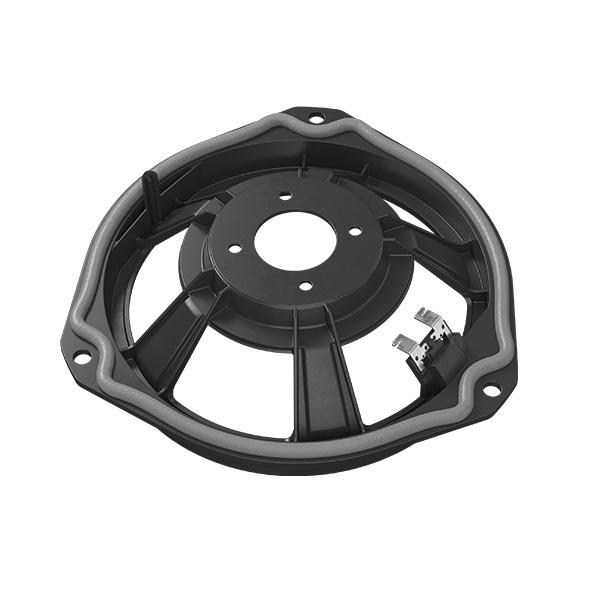
The leading manufacturers of loudspeakers have relied on our Formed-In-Place Foam Gasket (FIPFG) sealing technology and wide range of innovative material systems for many years.
Are you looking for a more efficient way of using materials for sealing your loudspeakers other than with punched seals, as well as a cheaper solution without tooling costs compared to 2-C injection molding?
We will provide you with a perfectly coordinated sealing solution that consists of a sealing foam that satisfies your requirements and a dosing system for high-precision, fully automatic material application that is controlled by contour robots.
Do you require a flexible automation system for sealing your loudspeaker baskets that can be variably adapted to your production conditions?
With our machine solutions, the focus is placed therefore on the extremely flexible use of your dosing system which can be integrated very well into existing production concepts thanks to its modular structure.
You are provided with a fail-safe mixing and dosing system that is also very easy and intuitive to operate.
Reliable sealing with optimized material consumption
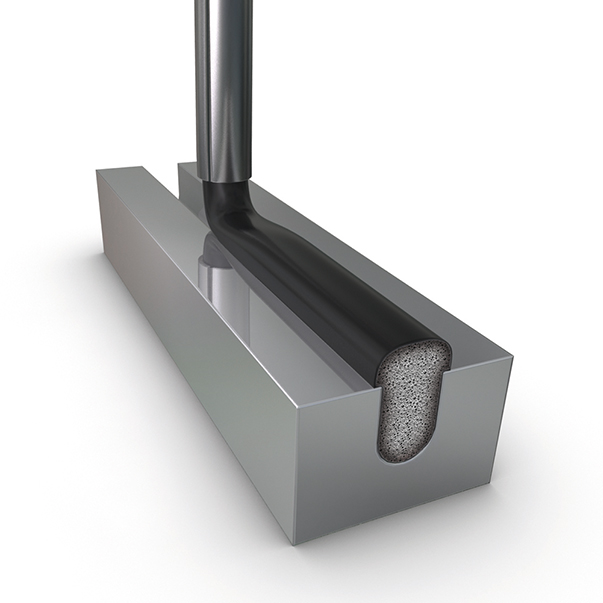
We develop individually for your specific requirements
Polyurethane sealing foams from the FERMAPOR K31 product family are used to seal the plastic loudspeaker baskets installed in the AGT door modules. The foam material which is dosed with our mixing and dosing system is applied to the flat or slightly recessed application surface of the loudspeaker baskets, where it remains stable.
The soft seal that is foamed in place solidifies due to a crosslinking reaction of the polyurethane foam components and is usually tack- free after a few minutes at room temperature. The adjustable degree of softness is advantageous for low installation forcess when the loudspeakers are incorporated into the AGT door modules.
Due to the mixed-cell foam structure, the polyurethane seal can be compressed evenly and provides a consistently high level of impermeability to moisture when installed. The electrical connections for loudspeakers are therefore protected against corrosion and possible failure as a consequence. Furthermore, the foam gasket acts as protection against rattling by damping the vibrations and noise generated when the vehicle is being driven.
Moreover, thanks to the efficient and precise FIPFG technology, significantly less material is used when the sealing process is carried out using polyurethane foam compared to the punched seals used in the past.
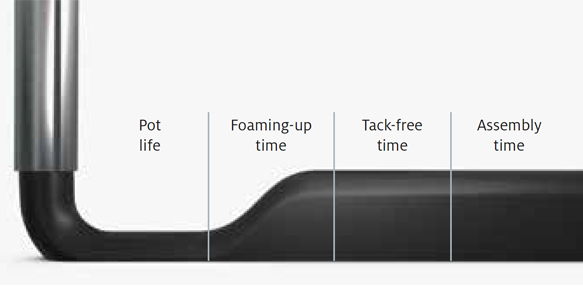
The different reaction phases of the sealing foam in the chronological sequence
Reference material
| FERMAPOR K31-A-9675-2-VP | |||
| FERMAPOR K31-B-81 | |||
|
Mixing ratio |
4.0 : 1 | ||
|
Pot life time |
40 sec. | ||
|
Tack-free time |
3 min. | ||
|
Viscosity of the A component |
1,800 mPas | ||
|
Density of foam |
0.36 g/cm³ | ||
|
Hardness (Shore 00) |
47 | ||
|
Heat resistance |
from -40 to + 80 °C | ||
|
Pretreatment |
Plasma for e.g, PP and PE |
In addition to the reference products, we develop material systems according to your individual requirements. Influencing factors include pot life until start of foaming, curing time, and the viscosity, hardness and adhesion properties.
Repeated installation and removal of the loudspeaker for maintenance purposes with remaining sealing effect.
The excellent resilience of the foam gasket enables the repeated installation and removal of the loudspeaker for maintenance purposes without weakening the sealing effect.
The polyurethane foam used adheres very well to the plastics commonly used for loudspeaker baskets, whereas for adhesion to plastics such as PP or PE, it is often necessary to carry out pretreatment with plasma. For this purpose, we will be pleased to integrate a plasma application unit into your automation system.
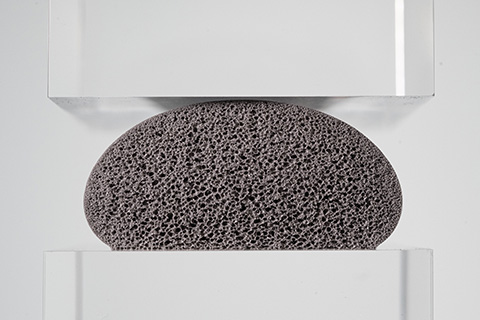
The unpressed polyurethane foam gasket before installation.
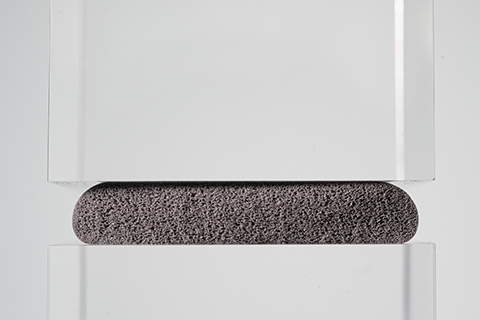
Pressing the foam gasket achieves the required degree of tightness achieves in the installed condition.
Flexible and fully automatic - according to your requirements
DM 502 mixing and dosing system with 3-axis linear robot and a conveyor belt for the feeding of parts
Through our combination of individual material systems, customer-specific mixing and dosing machines and skilled process expertise, we offer solutions to meet your technical and commercial challenges. We support you with our application engineering expertise from the design phase of your components to fully automated material application using Formed-In-Place Foam Gasket (FIPFG) technology.
An important success factor for the efficiency of our overall solution is its optimal integration into your production. As process experts, we promise to provide you with individual advice for the automation of your manufacturing processes. To achieve this, we offer various configuration and equipment options for semi-automatic or fully automatic production systems.
In the illustrated reference configuration of the DM 502 mixing and dosing system, the loudspeaker baskets, which have previously been produced by injection molding, are guided on a transfer belt from the injection molding system under the 3-axis linear robot to the dosing station.
The 3-axis linear robot takes over the CNC-controlled movement of the precision mixing head above the component with contour accuracy. Before the sealing foam is dosed and applied through the nozzle of the MK 825 PRO precision mixing head, the component contour is provided with surface activation with plasma. This results in better adhesion of the foam gasket.
After the plasma treatment, paste-like polyurethane sealing material is applied automatically to the flat or slightly recessed application surface of the loudspeaker baskets using the FIPFG process with high dosing and repeat accuracy. After the dosing cycle, the coupling point of the foam gasket closes seamlessly and is almost invisible.
The material components of the polyurethane foam used are mixed dynamically and homogeneously in the mixing head of the DM 502. The resulting fine-cell foam structure is crucial for low water absorption levels. When installed, the uniform compression of the seamless foam gasket produces a consistently high level of tightness over the entire contour of the loudspeaker basket.
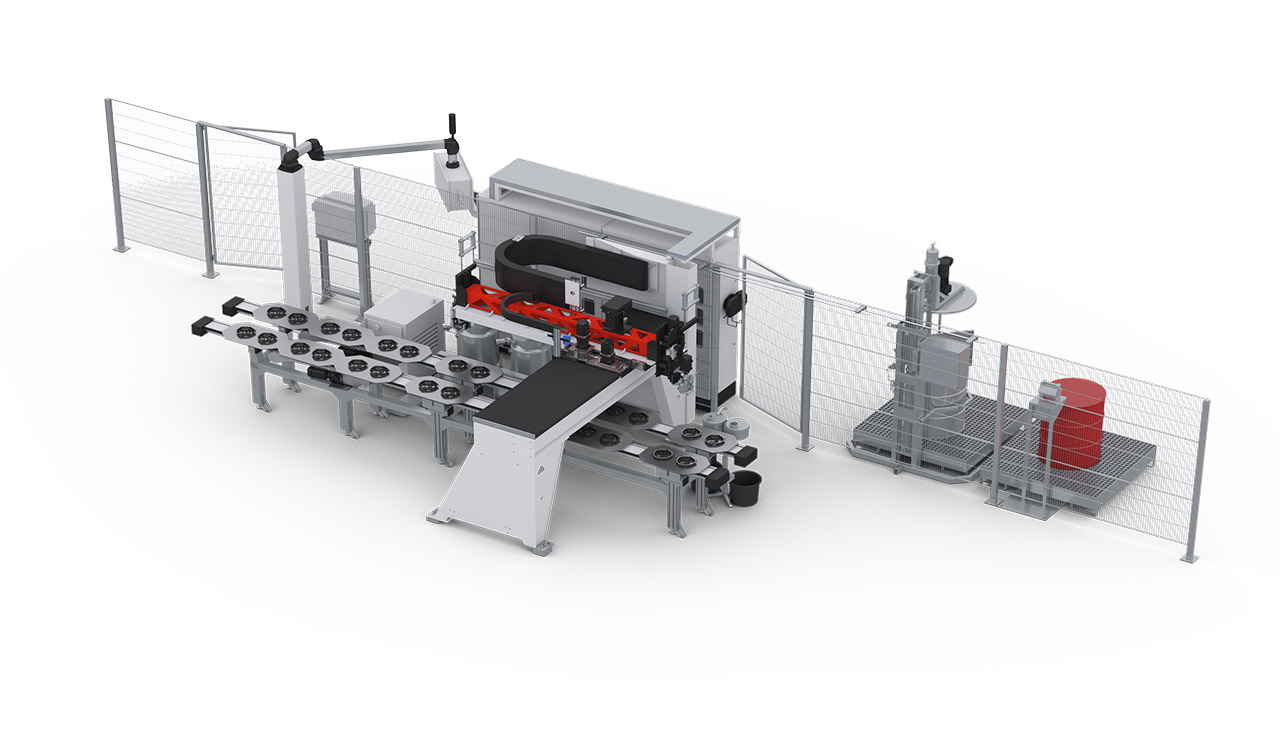 Mixing 825 PRO
Control cabinet
Dosing machine cabinet
Elevator
Supply Tap
MP 2 Mobilpanel
Mixing 825 PRO
Control cabinet
Dosing machine cabinet
Elevator
Supply Tap
MP 2 Mobilpanel
Mixing 825 PRO
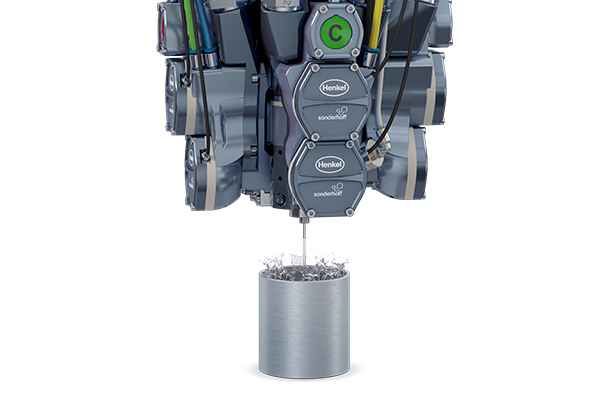
MK 800 PMK 825 PRO precision mixing head with high-pressure water rinsing or alternative component rinsing systemRO precision mixing head with high-pressure water rinsing or alternative component rinsing system
More information to our mixing headsControl cabinet
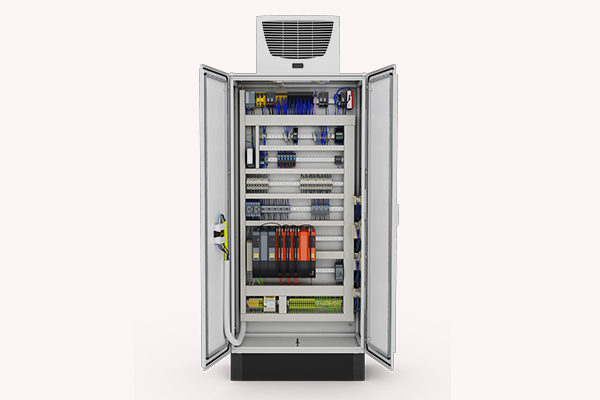
The dosing machine cabinet contains the components of the dosing periphery, e.g. the dosing pumps.
More information to our control cabinetsDosing machine cabinet
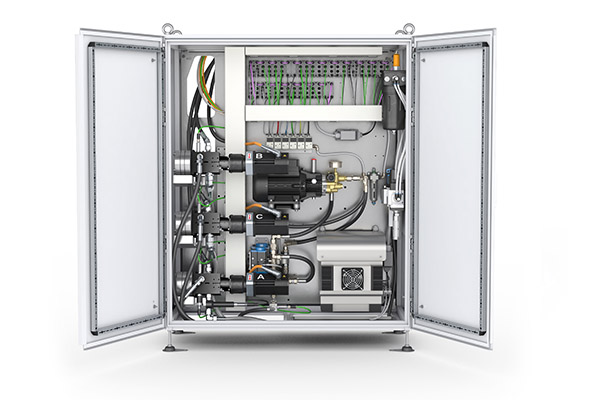
The dosing machine cabinet contains the components of the dosing periphery, e.g. the dosing pumps.
More information to our dosing machine cabinetsElevator
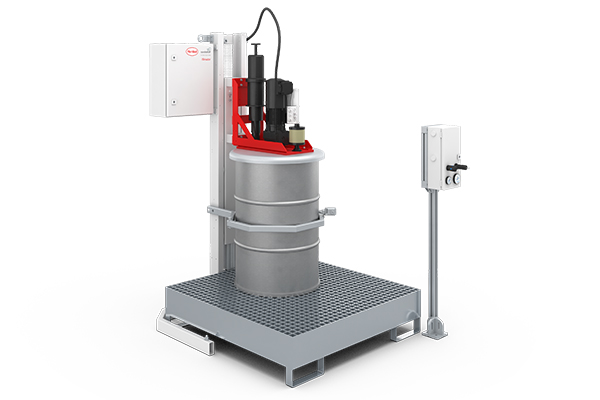
"Optional: Automatic ELEVATOR drum refilling station for the A-component with pneumatic lift and agitator"
More information to our refilling stationsSupply Tap
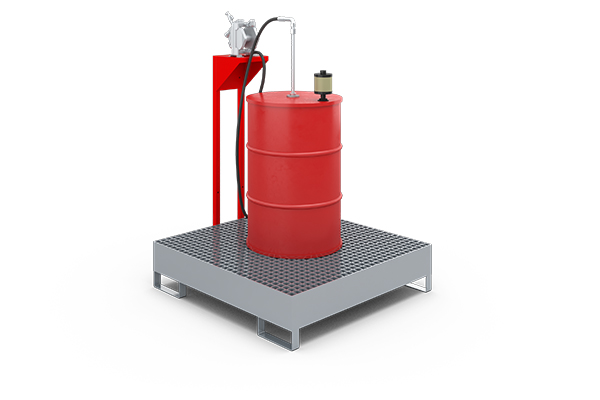
"Optional: Automatic SUPPLY TAP drum refilling station for low-viscosity products, e.g. isocyanate (B-component) "
More information to our refilling stationsMP 2 Mobilpanel
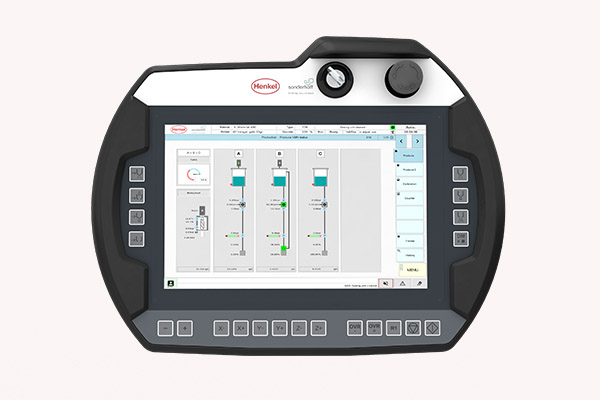
The multifunctional MP 2 mobile panel (10.1” WXGA TFT) enables convenient operation of the dosing system.
More information to our operating panelsDM 502 mixing and dosing system with 3-axis linear robot and a shuttle table for the parts holder
The alternative reference configuration shown here consists of our DM 502 mixing and dosing system with 3-axis linear robot and shuttle table for the parts holder. The two shuttle tables, working in pendulum mode, enable the workpieces fixed there to be picked up and processed in one level. This means that very short cycle times and continuous operation can be guaranteed.
The placement and positioning of the loudspeaker baskets on the shuttle table top is performed either by a machine operator, who can also check the parts for quality, or by a Pick & Place Robot. In such case, an optionally installed camera or sensor system could carry out the quality control of the parts.
The optional plasma nozzle, CNC-controlled by the 3-axis linear robot and mounted on the rear of the Y-axis, applies plasma to the component contour for surface activation. This results in better adhesion of the foam gasket.
The polyurethane sealing material is dosed with the CNC-controlled MK 825 PRO precision mixing head and applied with high precision fully automatically to the flat or slightly recessed surface of the speaker basket contour. This FIPFG process ensures high dosing and repeat accuracy. After the dosing cycle, the coupling point of the foam gasket closes seamlessly and is almost invisible.
The material components of the polyurethane foam used are mixed dynamically and homogeneously in the mixing head of the DM 502. The resulting fine-cell foam structure is crucial for low water absorption levels. When installed, the uniform compression of the seamless foam gasket produces a consistently high level of tightness over the entire contour of the loudspeaker basket.
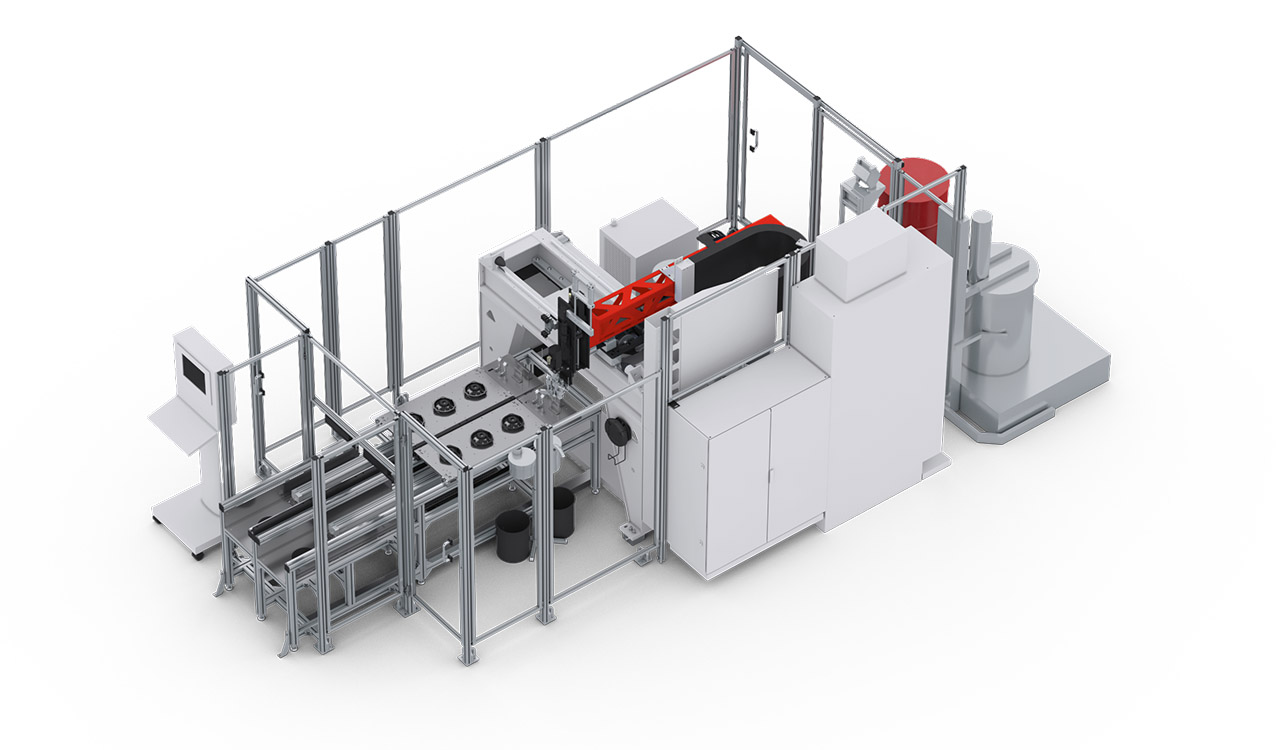 CONTROL 2
WT 1-LEVEL shuttle / sliding table
Mixing head 825 PRO
Dosing machine cabinet
Control cabinet
Supply Tap
Elevator
CONTROL 2
WT 1-LEVEL shuttle / sliding table
Mixing head 825 PRO
Dosing machine cabinet
Control cabinet
Supply Tap
Elevator
CONTROL 2
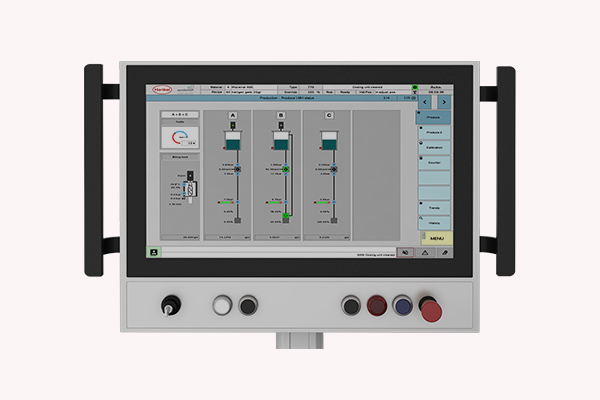
Optionally available: CONTROL touchscreen operating panel (21.5“) for operating the dosing system
More information to our operating panelsWT 1-LEVEL shuttle / sliding table
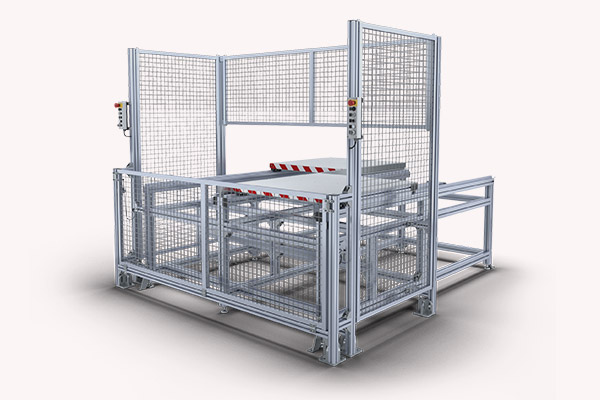
Two pick-up plates operating in pendulum mode in one plane
More information to our shuttle tablesMixing head 825 PRO

MK 800 PRO precision mixing head with high-pressure water rinsing or alternative component rinsing system
More information to our mixing headsDosing machine cabinet

The dosing machine cabinet contains the components of the dosing periphery, e.g. the dosing pumps.
More information to our dosing machine cabinetsControl cabinet

The control electronics, safety engineering and industrial PC are installed in the control cabinet.
More information to our control cabinetsSupply Tap

Optional: Automatic SUPPLY TAP drum refilling station for low-viscosity products, e.g. isocyanate (B-component)
More information to our refilling stationsElevator

Optional: Automatic ELEVATOR drum refilling station for the A-component with pneumatic lift and agitator
More information to our refilling stations